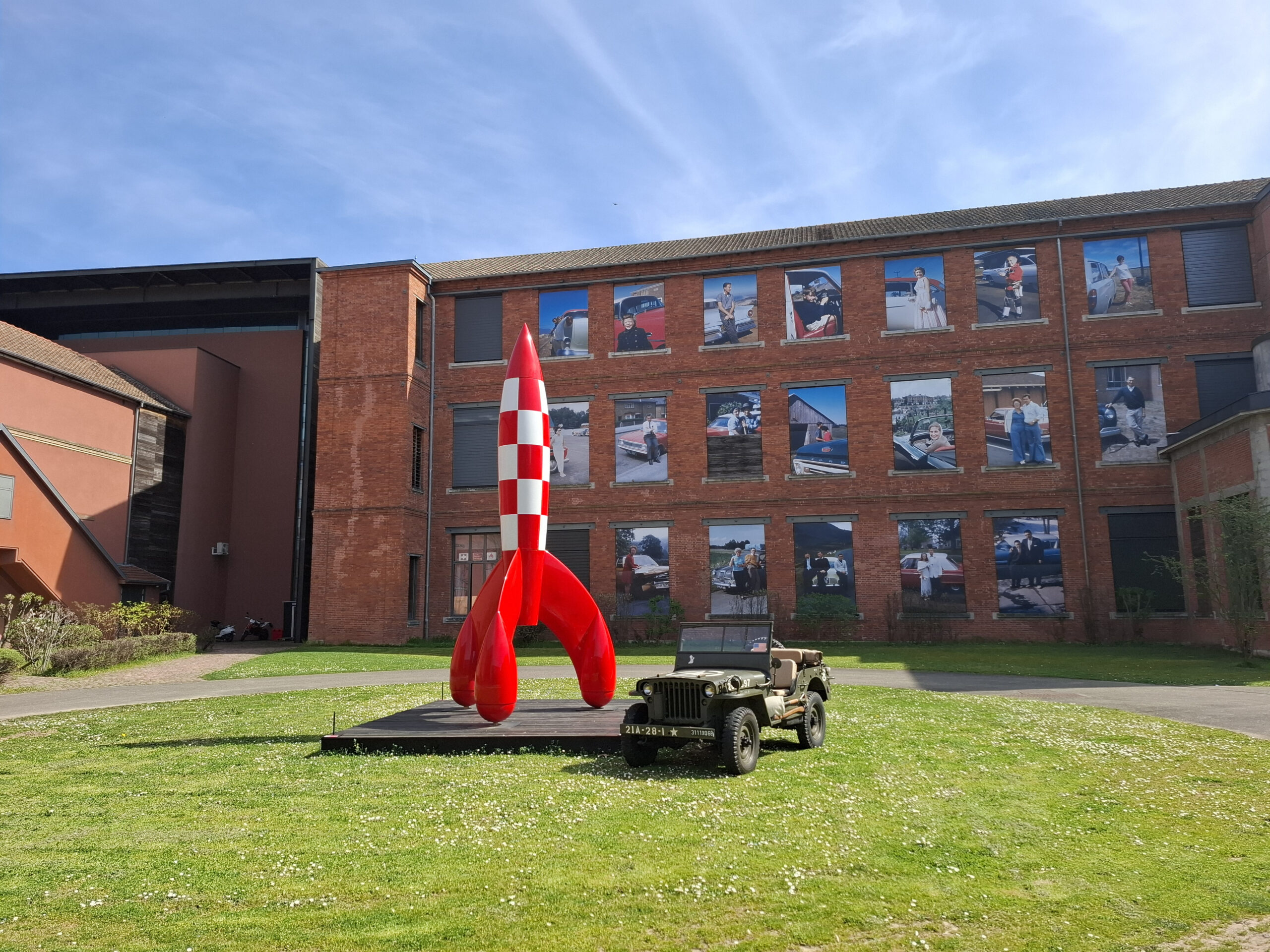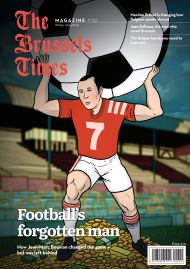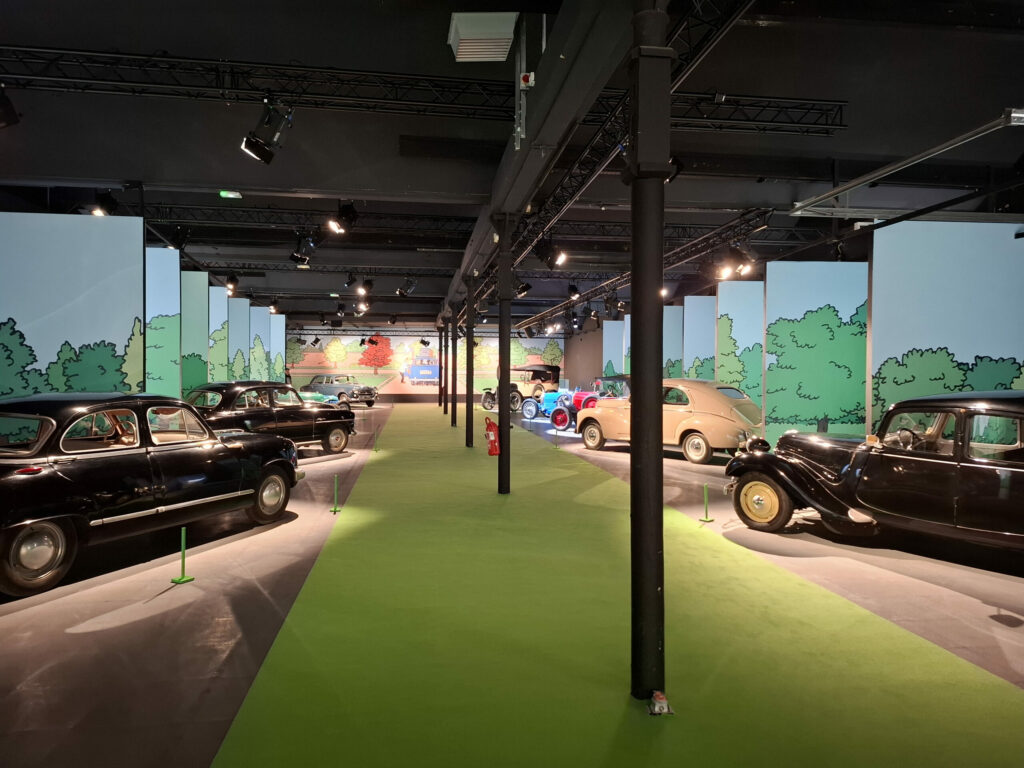Cars feature prominently throughout the 23 albums of Tintin.
Starting this Saturday and running until 11 November, the Automobile Museum in Mulhouse (eastern France) will showcase some iconic cars that Hergé depicted in the adventures of his famous hero.
For the author, cars are inseparable from the action and play a vital role in the comedic and dramatic elements of the story. In the late '20s, authenticity was not a priority, as Hergé aimed to infuse his aesthetic and graphic style into the early models he drew, explains Dominique Maricq, a specialist on Hergé’s work.
It wasn’t until the 1950s and the establishment of the Hergé studios that the author began to collaborate with detail-oriented people like Bob De Moor and Jacques Martin, who added more precision to the illustrations, though this sometimes led to a loss of spontaneity, notes the archivist of Tintinimaginatio, the organisation managing Hergé’s work.
Hergé also drew inspiration from his own car purchases. For instance, the Opel Olympia, his first vehicle bought at age 31, appears in “King Ottokar’s Sceptre.” Likewise, a Lancia Aurelia, which he acquired as a more established author, can be spotted in “The Calculus Affair.” “He wasn’t extravagant, but he had a fondness for cars, especially Lancias and Alfa Romeos,” adds Maricq.
The prestigious setting of the Automobile Museum in Mulhouse displays 420 exceptional cars, with an additional 200 in storage. The exhibition "In the car with Tintin" [En voiture avec Tintin] will allow visitors to admire both miniature models of the famous cars from Tintin’s adventures and their full-size counterparts.
These include the detectives’ 2CV in The Calculus Affair, Tintin’s Ford T in Tintin in the Congo, and Bobby Smiles’ Bugatti Type 35 in Tintin in America. Other featured vehicles include a Simca Aronde and the iconic Citroën Traction Avant, often driven by more sinister characters.
The exhibition includes seven large visuals as an introduction, followed by an area showcasing about ten vehicles in their narrative contexts. Two additional rooms detail Hergé’s artistic process, featuring documentary sketches, ink drawings, drafts, magazines, catalogues, adverts, and photographs.

The exhibition 'En voiture avec Tintin', organised by Moulinsart at the Musee national de l'Automobile, on Thursday 03 April 2025 in Mulhouse, France. Credit: Belga
Last year, the Alsatian institution attracted 247,000 visitors, 40% of whom were international visitors. The museum aims to surpass 250,000 visitors this year, leveraging Hergé’s enduring popularity and his automotive passion. "It’s an intergenerational theme, and with unprecedented international media interest, I believe we can easily reach this target," says Guillaume Gasser, the museum’s director.
In the summer of 2020, the Hergé Museum in Louvain-la-Neuve hosted a temporary exhibition on the same theme, also titled "En voiture avec Tintin," though it only displayed car models, except for the tiny permanently exhibited Isetta.

The rocket of Tintin pictured outside the exhibition 'En voiture avec Tintin' (In the car with Tintin), organized by Moulinsart at the Musee national de l'Automobile, on Thursday 03 April 2025 in Mulhouse, France. Credit: Belga
Autoworld in Brussels features two real models: Tintin’s Ford T from Tintin in the Congo and the red Jeep Willys from Land of Black Gold.
In 2022, a permanent area was dedicated in this museum at the Cinquantenaire to explore the bond between Tintin and cars, highlighting the almost physical connection. Notably, Tintin’s distinct hairstyle resulted from the wind as he drove towards the Soviet Union.

